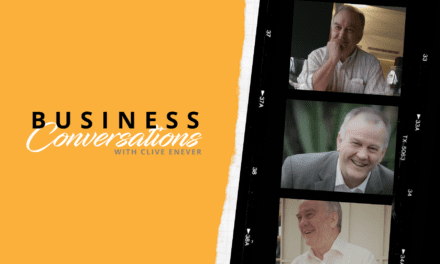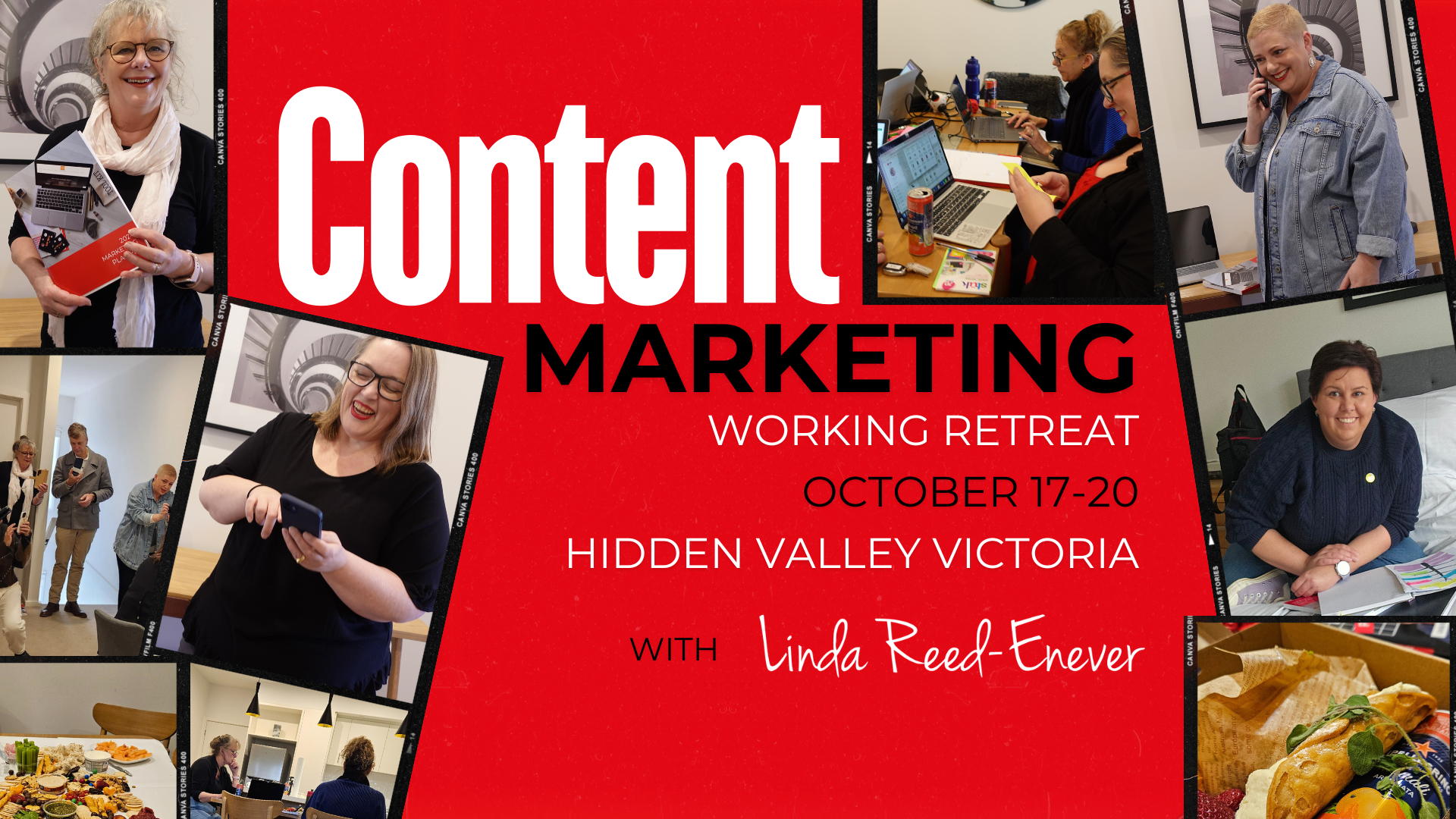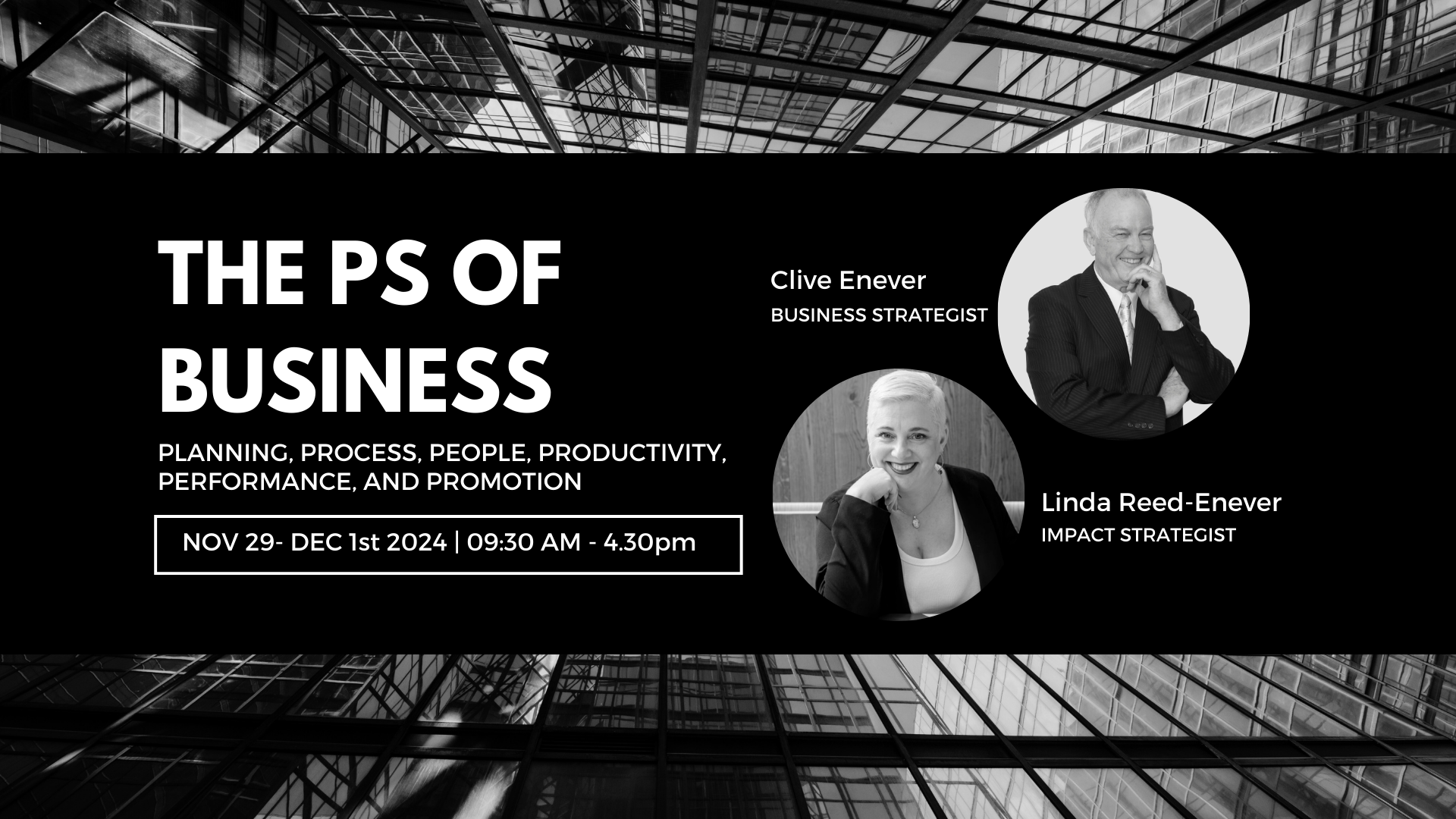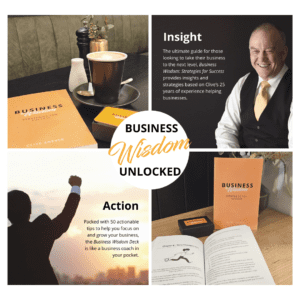Whether they know it or not every business is about sales, but that doesn’t mean it involves ‘hard selling’.
The actual art of sales is about bringing the customer to the ‘right decision’, in the knowledge you have the product or service that they need to solve a problem.
What do I mean? Well let’s walk through a sales process that’s all about having a conversation rather than focusing on the hard sell.
Breaking down the wall
Sales often takes a similar form. A business identifies a potential customer who often will begin to put up a wall.
This wall is built of objections – excuses and reasons. And it’s the prospect’s way of saying ‘I don’t want what you’ve got’ or, ‘You haven’t given me enough information to allow me to decide in your favour’.
Often this wall goes up as soon as someone spots a salesperson, the prospect may not even know at that point what the salesperson is offering.
The salesperson’s job then becomes removing that wall, one objection at a time. Theoretically once each objection has been removed, the prospect is brought to the ‘right decision’ where they buy the services or products on offer.
The right decision?
You might assume the right decision is that the customer buys the product or service you have on offer.
As far as I’m concerned that’s absolutely not the case. The right decision is the correct decision given all the circumstances. In order for a successful sale to eventuate, three things need to occur:
- The prospect must need or want the item on offer
- The prospect must be capable of paying for that product or service
- The prospect must want to pay for that product or service
When you talk a customer into buying a product they may not need or want, that they are not capable of paying for or may not want to pay for, you prime yourself for a sale that results in a dissatisfied customer.
And that has far-reaching implications for your business now and down the track. When we talk about bringing the customer to the right decision, it doesn’t mean that they will or should buy your product on every occasion.
If the product is not the right fit for them, there is no point selling to them. It will only lead to a dissatisfied customer and potentially create customer service issues in the future.
Sales is a conversation
Instead, sales is a conversation where the salesperson or business seeks to determine whether the above three criteria are actually met.
It involves:
- Building rapport and gaining trust by listening, being present and seeking to understand the customer’s needs
- Asking questions that help you understand the customer’s goals, wishes and desired outcomes
The presentation
Your presentation should be skillfully put together in order to address the precise criteria the prospect has indicated they need.
In other words, it covers all of the facts, the criteria that the prospect has mentioned that they’ll need to understand in order to make a decision.
As you go through the conversation, whenever you come to a key point, ideally you will ask for confirmation from the prospect that this is satisfying the need that they expressed earlier.
As you cover off all the needs that they have expressed, that means that your close is exceptionally simple.
The close
The close done properly is actually the easiest part of the sale. It’s about asking for the sale.
If you have engaged in an authentic conversation with your prospect, by the time you get to the close they know that everything they wanted addressed has been covered. Something which they have agreed with along the journey of the conversation.
Formally asking someone to buy something is a very simple process. It could be “so when would you like it delivered?” or “when shall we start?”
And it all happened through a conversation.
Looking to learn more about sales?
If you’re seeking to understand more about the art of sales and why the process doesn’t need to involve hard selling, you can enjoy my free Sales Doesn’t have to be Scary virtual course















